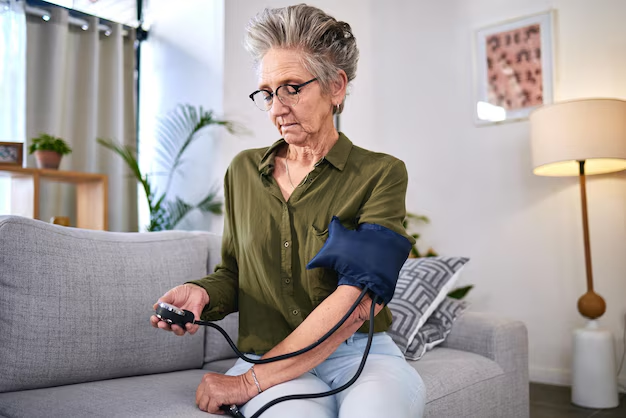Is It Possible to Reverse Hypertension? Here’s What You Need to Know
Hypertension, often referred to as high blood pressure, is a common condition that millions of people grapple with every day. It's sometimes called the "silent killer" due to its insidious nature; many might have it for years without ever showing symptoms. The big question for many is—can hypertension be reversed?
Understanding Hypertension
Before diving into whether it can be reversed, let's simplify what hypertension is. Blood pressure is the force exerted by circulating blood on the walls of blood vessels. When this pressure is consistently too high, it becomes a risk factor for heart disease and stroke. While genetics play a role, lifestyle choices such as diet, exercise, and stress levels are major contributors.
Reversing Hypertension: Is It Possible?
The good news is, in many cases, hypertension can indeed be managed and even reversed. The approach usually involves a combination of lifestyle changes and medical interventions. Here are a few strategies proven to help reverse hypertension:
- Dietary Changes: Adopt a heart-healthy diet such as the DASH diet, which is rich in fruits, vegetables, whole grains, and low-fat dairy, and low in fats, salts, and sugars.
- Regular Physical Activity: Engaging in regular exercise, like brisk walking, cycling, or swimming, can lower blood pressure and enhance heart health.
- Weight Management: Reducing weight, especially around the abdomen, can significantly reduce high blood pressure.
- Stress Reduction: Techniques such as yoga, meditation, and deep breathing exercises can help.
- Reducing Alcohol and Caffeine: Limiting intake can lead to better blood pressure control.
- Smoking Cessation: Eliminating smoking can improve overall heart health.
In addition to these lifestyle adjustments, medication prescribed by healthcare professionals can assist in bringing blood pressure to a safe level.
The Role of Financial and Educational Tools
Achieving a healthier lifestyle often comes with its own set of challenges, sometimes financial. Not everyone has easy access to nutritious food, gym memberships, or stress-reducing activities. This is where financial assistance and educational opportunities can be crucial.
Government Aid and Financial Assistance
Several programs exist to help individuals maintain a healthier lifestyle while managing financial burdens:
- SNAP (Supplemental Nutrition Assistance Program) provides funds specifically for nutritious food.
- Healthcare Subsidies might cover medication costs for those diagnosed with hypertension.
- Local Wellness Programs often offer free or discounted gym memberships and nutrition classes.
Educational Grants and Opportunities
Education is key to understanding and managing hypertension:
- Community Health Workshops are available in many regions to spread awareness.
- Online Courses focusing on nutrition and exercise provide insights into maintaining a balanced lifestyle.
- Grants for Health-Promoting Research encourage innovations in heart health and preventive measures.
Harnessing these tools can significantly improve one’s ability to effectively manage and potentially reverse hypertension. It’s also important to consult healthcare professionals regularly to track progress and adjust strategies as needed.
Financial and Educational Resources to Consider 💡
- SNAP Benefits: Food assistance for healthy eating 🥦
- Medicaid/Medicare Subsidies: Potential coverage for medication 💊
- YMCA Programs: Discounts on fitness amenities 🏋️♂️
- Community Health Workshops: Learn practical lifestyle tips 📝
- Online Health Education: Courses on nutrition and fitness 📚

Related Topics
- a 66 Year Old Female With a History Of Hypertension
- Are Eggs Bad For Hypertension
- Are Eggs Good For Hypertension
- Are Endocrine Disorders Causing Hypertension Rare
- Can Adderall Cause Hypertension
- Can Alcohol Cause Hypertension
- Can Allergies Cause Hypertension
- Can Anemci People Get Hypertension
- Can Anemia Cause Hypertension
- Can Antibiotics Cause Hypertension